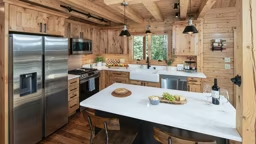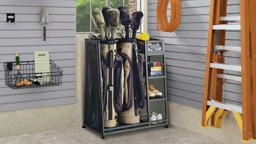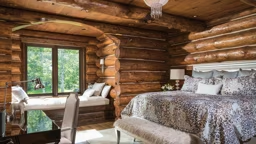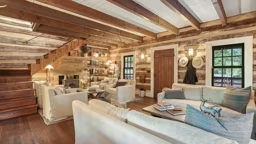
For many people, surrounding yourself with nature is what sets log home living apart — from the timbers that make up the house to the woodlands and lush gardens outside. A conventional, aqua-blue, concrete swimming pool often doesn’t fit with this vision, no matter how enjoyable it would be.
Fortunately, you can keep your environment intact and stay cool in summer’s swelter, if you create a swimming pond that emulates those found in nature. And experts say you can create a beautiful, swimmable, natural pool for around $2,000 — far less than the tens of thousands of dollars a conventional in-ground pool typically costs.
Here are some first steps to get started:
Consider drainage during site selection.
Many factors go into deciding where to build your natural swimming pool, and convenience is important, as you’ll likely want it near the house. But the top consideration should be that you’re not placing it on the lowest point of your property since that will make drainage an issue. When that happens, it can flood and become more of a pond than a pool.
Keep clear of utilities.
If you have buried electric or gas lines, you’ll want to contact your utilities provider so that you know where it’s safe to dig. Also, if your property has a well or septic tank, you absolutely need to know where those pipes run so you don’t risk damaging them during excavation.
While considering utility-related issues and selecting a spot for your pool, you’ll want to consider your pool’s need for aeration. Adding a water circulation system, such as a waterfall feature, will require connection to a power supply. Keep all of this in mind when planning your pool.
Allow for slope.
Conventional in-ground pools are usually squared-off boxes reinforced by steel and concrete to keep their shape, but swimming ponds must have sloped sides to prevent soil erosion. First decide how deep you want the pool to be, and then factor in the slope to make sure you dig a hole that’s large enough.

Ensure it holds water.
Once your hole is dug and your slope is set, the pool will need to be sealed to hold water. The most natural way to accomplish this task is with bentonite clay, which bonds with soil, creating a liner of sorts. Bentonite clay costs about 40 cents per pound (you’ll need approximately two to five pounds per square foot, depending on your soil type). You also can opt for a synthetic liner (a thickness of 40 to 60 millimeters is recommended to guard against tears from stones or tree roots). With either option, make sure the soil is tightly compacted for best results.
Add plants — they’re more than decorative.
A big part of a swimming hole’s charm is the way it incorporates bountiful plant life. Some pools have up to half of their surface area consumed by aquatic plants. This makes for a handy natural filtration system and can attract pollinators for the rest of the garden. It’s helpful to designate specific areas as “plant zones” in the pool, usually along certain sides. These areas also are designed to block algae growth (eliminating the need for chemicals, such as chlorine) and reduce the pesky insect population by attracting frogs and dragonflies.
Find a natural pool contractor.
There are plenty of swimming pool contractors who can put an in-ground pool on your property, but a natural pool isn’t just a conventional pool with more plants around it. Scheduling a consultation with an expert can be a good way to make sure your DIY efforts hold water.











